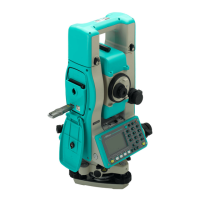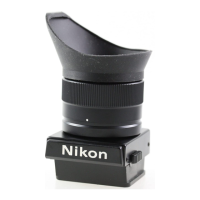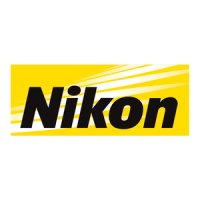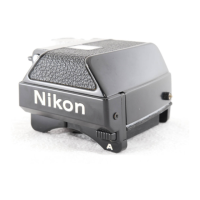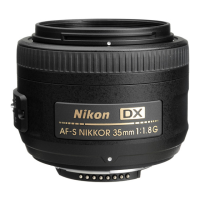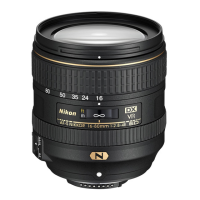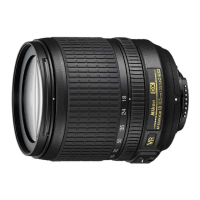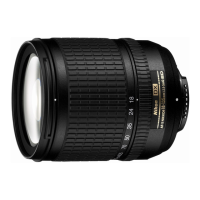Nikon Communication Interface Manual
P5/34
4. Electrical Characteristics
a) Synchronous Method : ASYNC
b) Communication Method : Full Duplex
c) Signal logic : Negative True (1: ≦0.8V, 0: 2.4V≧)
d) Signal level : ±9V, standard
d) Baud rate : 1200/2400/4800/9600/19200/38400
e) Stop bit : 1 or 2 bit
f) Data length : 7 or 8 bit
g) Parity : None/even/odd
5. Nikon Communication commands
5-1. Protocol
“Protocol” is a set of rules applied to the communication in order to receive/send data securely.
It is independent from contents of receiving/sending data.
<Basic Protocol>
+0 +1 +2 +3 --- +n +n+1 +n+2 +n+3 +n+4
SOH
(01h)
Sender
code
Receiver
code
STX
(02h)
Command or
data character
ETX
(03h)
BCC
EOT
(04h)
CR
(0dh)
LF
(0ah)
Header Code Contents Chk Trailer
- SOH (01h): Header; Start of the communication
- Sender/Receiver codes: T: Instrument (Total Station)
R: Data Recorder
C: Other external device
Ex.) When sending data from an external device to the instrument, the code
becomes ‘CT’. If outputting data from instrument to an external device, it is
‘TC’.
- Contents:
<Command/Data Protocol>
SOH
(01h)
Sender
code
Receiver
code
STX
(02h)
Command/
Data string
ETX
(03h)
BCC
EOT
(04h)
CR
(0dh)
LF
(0ah)
STX (02h): Start of the command or data string
ETX (03h): End of the command or data string
* ASCII characters should be used in “Command/Data string”
<Control-code (ACK/NAK) Protocol>
SOH
(01h)
Sender
code
Receiver
code
ACK or
NAK
BCC
EOT
(04h)
CR
(0dh)
LF
(0ah)
ACK = 06h: Permission of communication or success in transmission.
NAK = 15h: Failure in transmission (= request for re-send)
* ACK/NAK control-code doesn’t need STX and ETX.
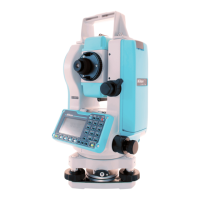
